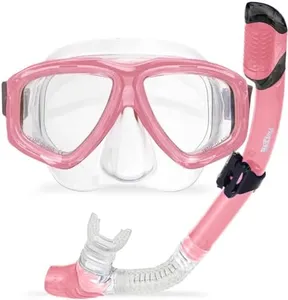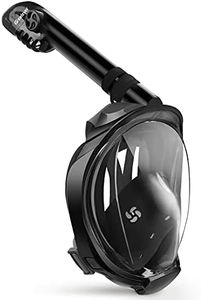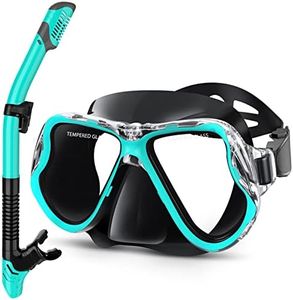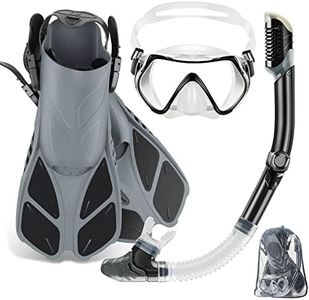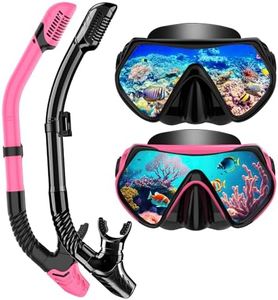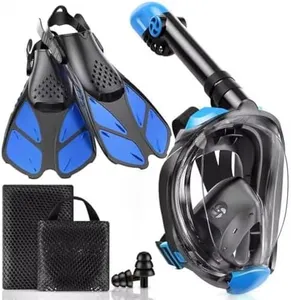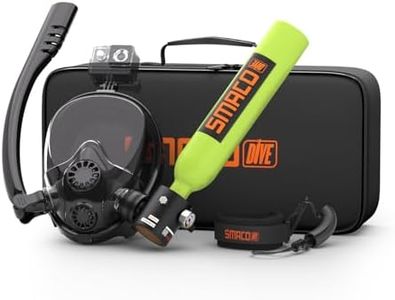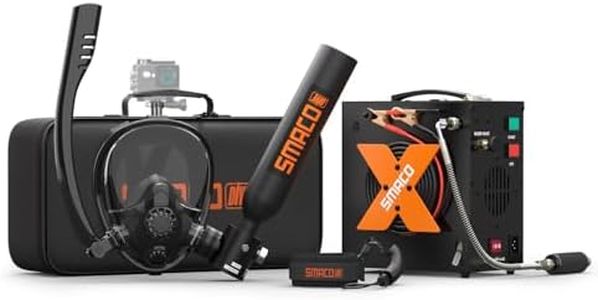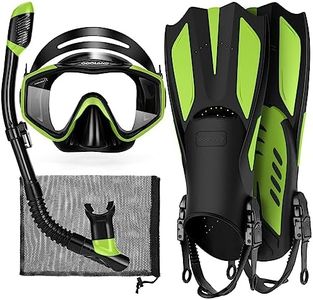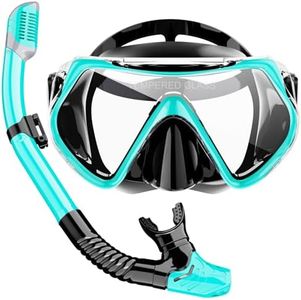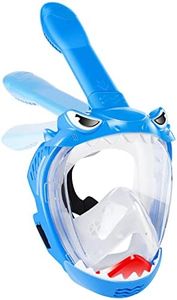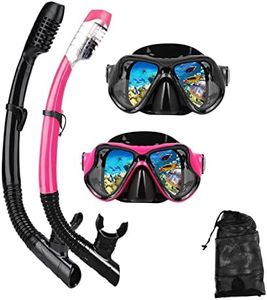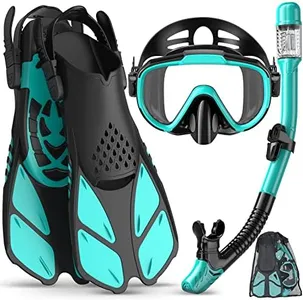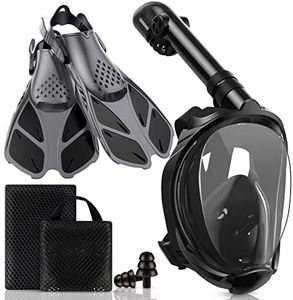We Use CookiesWe use cookies to enhance the security, performance,
functionality and for analytical and promotional activities. By continuing to browse this site you
are agreeing to our privacy policy
10 Best Snorkeling Gear 2025 in the United States
How do we rank products for you?
Our technology thoroughly searches through the online shopping world, reviewing hundreds of sites. We then process and analyze this information, updating in real-time to bring you the latest top-rated products. This way, you always get the best and most current options available.

Buying Guide for the Best Snorkeling Gear
Choosing the right snorkeling gear is essential for a comfortable and enjoyable underwater experience. The right gear will not only enhance your ability to see and breathe underwater but also ensure your safety. When selecting snorkeling gear, consider the fit, comfort, and quality of the equipment. Here are the key specifications to look for and how to choose the best options for your needs.MaskThe mask is crucial as it allows you to see underwater. A good mask should fit snugly on your face without being too tight. Look for masks with tempered glass lenses for durability and a wide field of vision. Masks come in various sizes and shapes, so try on several to find one that fits your face shape comfortably. If you wear glasses, consider a mask with prescription lenses or one that can accommodate corrective lenses.
SnorkelThe snorkel is the tube that allows you to breathe while your face is submerged. There are different types of snorkels, including classic, semi-dry, and dry snorkels. Classic snorkels are simple tubes, while semi-dry snorkels have a splash guard to reduce water entry. Dry snorkels have a valve that seals the tube when submerged, preventing water from entering. Choose a snorkel that feels comfortable in your mouth and suits your snorkeling environment. For beginners, a dry snorkel is often the best choice as it minimizes the risk of inhaling water.
FinsFins help you move efficiently through the water. They come in various styles, including full-foot and open-heel fins. Full-foot fins are worn barefoot and are ideal for warm water, while open-heel fins are worn with booties and are better for colder water. The length and stiffness of the fins also vary; longer and stiffer fins provide more power but require more effort, while shorter and more flexible fins are easier to use but offer less propulsion. Choose fins that fit comfortably and match your swimming strength and the type of snorkeling you plan to do.
Wetsuit or Rash GuardA wetsuit or rash guard provides thermal protection and shields your skin from the sun and potential irritants like jellyfish. Wetsuits are made of neoprene and come in different thicknesses, with thicker suits providing more warmth. Rash guards are thinner and primarily offer sun protection. Choose a wetsuit or rash guard based on the water temperature and your sensitivity to cold. For tropical waters, a thin wetsuit or rash guard may suffice, while colder waters may require a thicker wetsuit.
Snorkeling VestA snorkeling vest provides buoyancy and can help you stay afloat with less effort. This is especially useful for beginners or those who are not strong swimmers. Snorkeling vests are inflatable and can be adjusted to provide the desired level of buoyancy. Choose a vest that fits comfortably and allows for easy inflation and deflation. If you plan to snorkel in deeper waters or for extended periods, a snorkeling vest can enhance your safety and comfort.
Most Popular Categories Right Now
